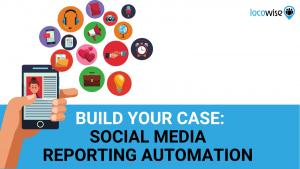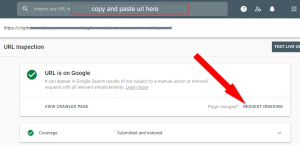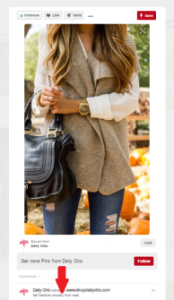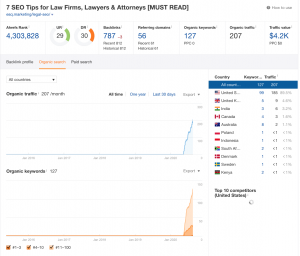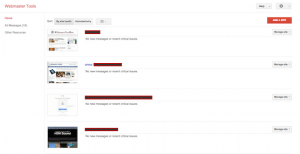How many times have you heard the phrase, “the devil is in the detail”? For brands and marketers, perhaps the saying should be, “the devil is in the data.”
Data matters to brands and marketers – a lot. Companies analyze data to understand how their audience engages with their brand, their campaigns and their competition. Others use data for content and media analysis. A spray tan brand, for example, may analyze data to determine if its summer social media campaign is translating to higher sales. That same company may ask which publications, celebrities and/or media are influencing its core audience. Meanwhile, market research can reveal which audiences are engaging with a product or service, and this information can be used to inform future campaign design. A customer who walks up to a bank ATM for quick cash may not be receptive to a screen ad for a home loan, but this same customer may be receptive to the same offer when she walks into the bank and has more time.
Data is the bridge that connects brands with their audiences; it is data that allows brands to better understand their audiences. Facebook topic data is a prime resource for this “data-based understanding,” and with 1.65 billion monthly active users, Facebook is one of the world’s largest sources of public opinion. Facebook topic data allows companies to draw insights from posts, likes, comments and shares across the entire Facebook platform. Facebook topic data’s breadth and depth also includes detailed demographic information as well as link data on specific topics. However, all posts and engagements are anonymized before they are made available for analysis — all data is anonymized and aggregated.
Clearly, Facebook topic data is a marketer’s dream when it comes to brand and product-related information. In fact, people spend, on average, more than 50 minutes a day using Facebook, Instagram and Messenger. Often, brands think they know their key audiences and make assumptions about products, customer preferences or company vision – and these assumptions are totally “off.” The devil is in the data – and that data is on Facebook. Brands can use Facebook topic data’s customer-centric insights to “course correct.”
Here are three real-life examples of brands that made incorrect assumptions but learned the data-based truth with Facebook topic data and were then able to change course and reap the rewards:
- A company that was sponsoring a U.S. music festival was working with an ad tech company for nine months before the event. As the festival approached, the ad tech firm decided to use anonymous, aggregated Facebook topic data to understand how different audiences were engaging with the artists featured at the festival, its client and other sponsors. In eight days, the agency captured 5.7 million interactions and discovered that women aged 25-34 in Indiana, Michigan and Kentucky over-indexed for engagement with topics associated with the festival by five times the national average. In contrast, the agency found that 18-24-year-old men in California under-indexed by the same factor.
Once the engaged audience segments were identified, it was possible to determine which other interests, websites, retailers and broadcasters these segments were engaging around on Facebook. These insights allowed the ad tech agency to divert the sponsor’s ad spend away from the under-indexing groups to the over-indexing groups. The result: improved engagement rates on the brand’s content and a 17 percent increase in video completion rates.
- An ad agency was looking to improve social engagement around a snack brand – and part of its efforts involved understanding how consumers engaged with the brand in the context of sports games.The company first assumed that the audience interacting with the brand would be male and under 25. To promote the snack being eaten while watching a sports game, the brand wanted to capitalize on pre-game excitement and assumed it would peak just before game time. However, Facebook topic data revealed a different reality.
During a three-week period, the brand index captured 180,000 interactions, while the sports index captured 4.4 million interactions in 10 days. The demographic segment engaging most with the brand was not 18-24-year-old men, but women between 35 and 64. Also, pre-game excitement did not peak just before game time, but almost six hours earlier. This new information allowed the ad agency to update campaign strategies to target a different audience at a different time.
- A major TV channel wanted to understand if it was reaching its target audience with the right programming and content, how that content could be improved, and if it could have better control over the feedback loop between engagement on Facebook and tune-in on television. TV viewing has changed – we now let the world know (via social media) what we think of what we’re watching. The TV channel created an index of Facebook engagements, capturing seven million interactions in a little over a week. With this info, the TV channel was able to identify the shows, themes and content with the most Facebook engagement. This engagement could be analyzed on a minute-by-minute basis and broken down by gender, age and state. Facebook topic data revealed that a significant number of people posting about the shows were doing so at the start of the commercial break. This was very different from the channel’s assumption that most social interactions would happen in real-time. As a result, adjustments were made to promote the shows’ hashtags at the end of each segment rather than at the start.
When it comes to marketing, when you fail to prepare, you prepare to fail. And part of the campaign planning process should involve a careful look at data rather than relying on intuition or assumption. Facebook topic data gives brands the ability to properly analyze where to focus marketing efforts, when to run ads, and whom to target and where. When it comes to marketing, when you fail to prepare, you prepare to fail. And part of the campaign planning process should involve a careful look at data rather than relying on intuition or assumption. Facebook topic data gives brands the ability to properly analyze where to focus marketing efforts, when to run ads, and whom to target and where.
Data enables businesses and marketers to make better decisions. The result: more accurate, targeted and effective campaigns – reaching the right people at the right time in the right place.
Digital & Social Articles on Business 2 Community(125)
Report Post